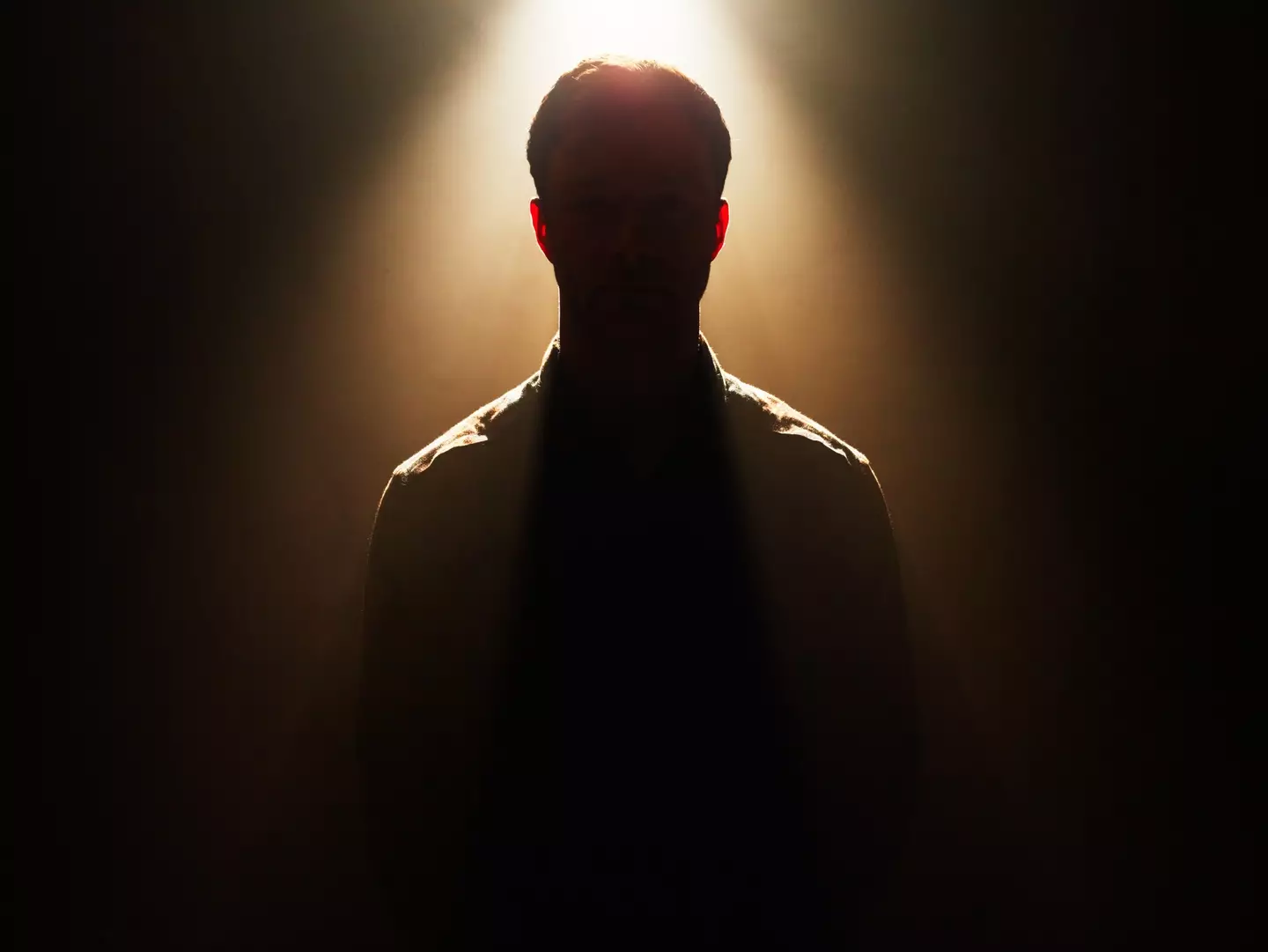
How would you feel if you woke up one day and the faces of everyone around you looked like those of frightening demons?
That's the nightmare scenario that struck Victor Sharrah, a 59-year-old from Clarksville, Tennessee.
In November 2020 he suddenly discovered that whenever he looked at someone's face, he saw a distorted version of their features, with elongated eyes and mouths, and grooved foreheads and cheeks.

Advert
Astoundingly, Sharrah found that if he looked at images of people on a phone or computer screen, the distortions disappeared - they were only present on physical people.
It turns out this is a result of an extremely rare neurological disorder called (wait for it) prosopometamorphopsia, or PMO if that's a few too many syllables for you.
After contacting medical experts, Sharrah has now been used in a groundbreaking study to work out how this phenomenon works, with the results recently published in The Lancet journal.
Sharrah did a whole bunch of tests to see how he reacted to different prompts, including swapping between in-person faces and images of the same people rapidly to see how quickly his mind adjusted to display the twisted features.
Advert
This test let the researchers at Dartmouth College to eventually make composite images that showed how his mind was perceiving people, with fascinating results.
The study said: "By alternating between observing the in-person face perceived as distorted and the photo on a computer screen perceived as undistorted, he provided real-time feedback on the perceived differences. We then used image-editing software to modify each photo until it matched his in-person perception."
The images are pretty astonishing, too, looking more like illustrations from a fantasy game or concept art for a movie.

Advert
Despite this research, we seemingly still don't know what actually causes PMO, or how to fix it - there have reportedly been fewer than 100 cases ever recorded. It is, however, possible that it's been misdiagnosed as hallucinations or other disorders down the years, since it's so rare as to be relatively unknown to plenty of doctors.
Reassuringly, PMO can sometimes only be present for a few days or weeks before receding, although Sharrah apparently still sees the demonic faces.
He has said that living with people he's familiar with helps him to get around the issue, as he's less shocked by how he sees their faces, whereas new people can be disturbing for him to meet.
It's clear that this will have been a pretty harrowing time for Sharrah - he told NBC News that he "came so close to having [himself] institutionalized". Hopefully the research he helped to facilitate can lead to more answers about just how his condition actually works.